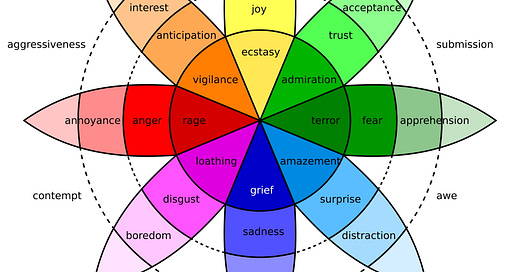The Power of Music to Shape Human Experience
Music has always been an integral part of the human experience. It is a universal language that transcends cultural boundaries and speaks directly to our emotions. Whether it’s a symphony that moves us to tears, a pop song that lifts our spirits, or a rhythm that gets us dancing, music has the ability to resonate deeply within us, evoking emotions and memories that words alone cannot capture.
This capacity for music to touch the visceral is what makes it so profoundly impactful. It can soothe us when we’re anxious, energize us when we’re lethargic, and provide solace when we’re grieving. Yet, despite its ubiquity and emotional potency, we often take music for granted, treating it as a background accessory rather than a focal point for reflection and exploration.
The Need for a Deeper Connection
In our fast-paced world, we often consume music passively, allowing it to accompany us through our daily routines without really listening. We shuffle through playlists, skip tracks after a few seconds, and treat music as a filler for silence rather than as an experience to be savored. This superficial engagement with music can lead to a diminished appreciation for its expressive power and its ability to connect us to our own emotions and those of others.
This is why projects like the upcoming exploration of emotions through music are so vital. By consciously engaging with music and focusing on how it mirrors the full range of human emotions, we can cultivate a deeper understanding of ourselves and others. This project is an invitation to step back from passive consumption and engage in active, mindful listening—to experience music not just as entertainment but as a medium for emotional expression and personal growth.
Mapping Emotions with Plutchik's Wheel
The upcoming series will use Plutchik’s Wheel of Emotions as a framework to explore how different musical compositions embody specific emotional states. Plutchik’s Wheel, developed by psychologist Robert Plutchik, is a model that categorizes emotions into eight primary feelings: joy, trust, fear, surprise, sadness, disgust, anger, and anticipation. Each of these primary emotions has related combination states, forming a complex web that illustrates the nuances of human affect.
Using this model as a guide, the project will pair each emotion with a carefully selected piece of music. This approach allows us to delve into the emotional nuances of each composition, exploring how elements like melody, harmony, rhythm, and instrumentation can evoke, amplify, or transform these feelings. The goal is not just to identify what emotions are represented but to understand how composers across different periods and styles have conveyed these emotions through their art.
Why This Matters Now
We are living in a time of great emotional turbulence. Global events, social media, and the pressures of modern life have created an environment where we are constantly bombarded by conflicting emotions. Many of us struggle to process these feelings, let alone articulate them. Music, with its unique ability to bypass the intellect and speak directly to the heart, can serve as a powerful tool for emotional exploration and healing.




